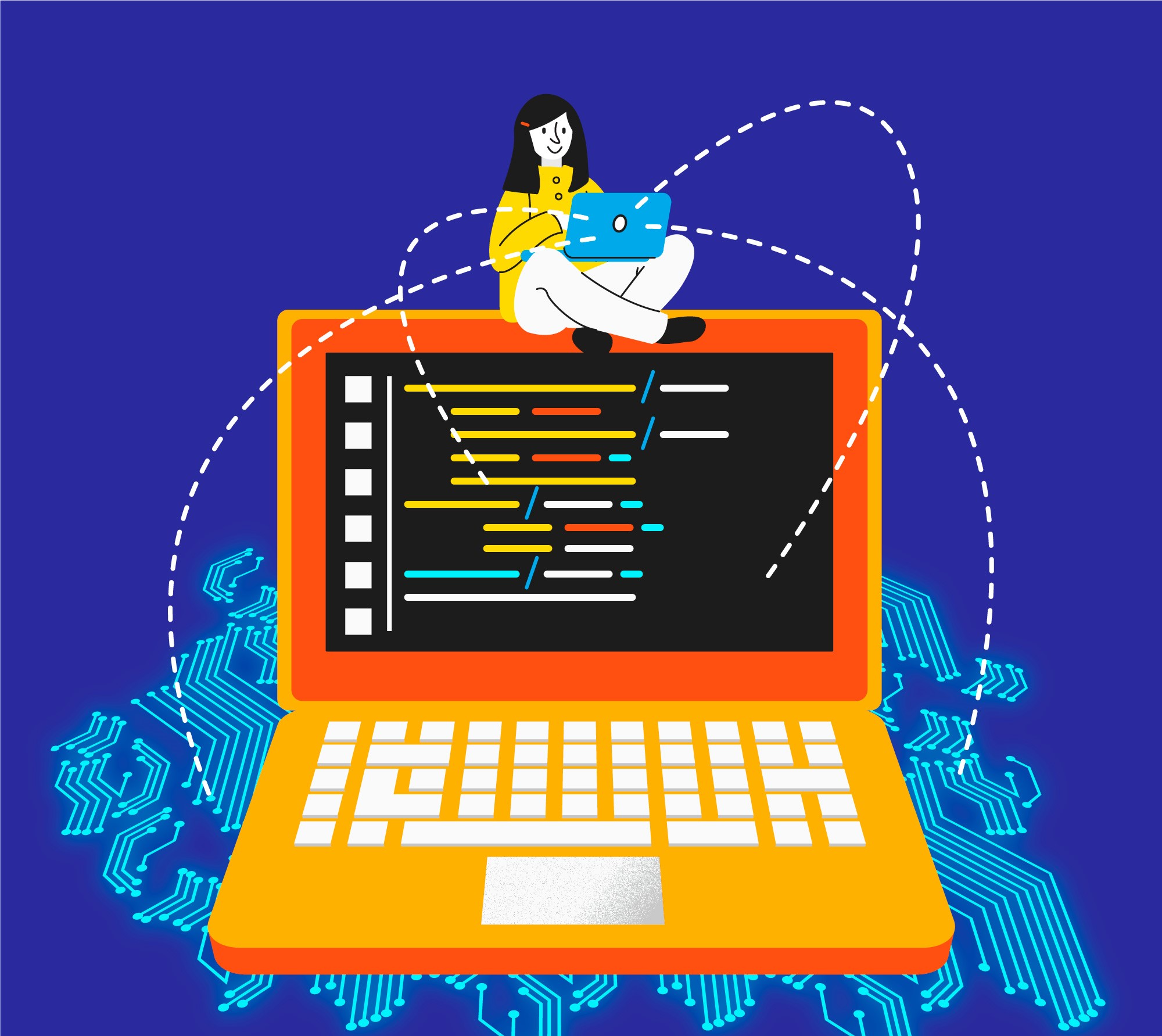Fastest growing programming languages

The growth of programming languages is influenced by various factors such as industry needs, technological advancements, community support, ease of use, and the popularity of frameworks and libraries associated with a particular language. Different sources may present slightly different rankings, but some languages consistently stand out in terms of growth and adoption. Here are some programming languages that were considered to be growing rapidly as of my last update. This dynamism in language preferences plays a pivotal role in shaping the landscape of website development.
- Python:
- JavaScript:
- TypeScript:
- Rust:
- Go (Golang):
- Kotlin:
- Swift:
- R:
- Julia:
- Dart:
Python's readability, versatility, and a vast ecosystem of libraries contribute to its popularity. Python is extensively used in areas like data science, machine learning, artificial intelligence, web development, and automation. Its simplicity attracts both beginners and experienced developers, leading to a broad and active community. How much Python knowledge is required for web development? Understanding Python basics is essential, and a deeper grasp becomes increasingly beneficial as you delve into more complex web development projects.
JavaScript remains a powerhouse, especially with the rise of front-end frameworks like React, Angular, and Vue.js. Additionally, the growing popularity of Node.js for server-side development has expanded the use of JavaScript beyond the browser. With the advent of technologies like Electron, JavaScript is also making strides in desktop application development.
TypeScript, a superset of JavaScript that adds static typing, has gained traction for large-scale applications. Many projects and companies are adopting TypeScript to enhance code maintainability and catch potential errors early in the development process. The strong support for TypeScript in popular IDEs and text editors is contributing to its growth.
Rust has gained attention for its focus on memory safety without sacrificing performance. It is often used in systems programming, where low-level control over hardware resources is crucial. Rust's borrow checker helps prevent common programming errors related to memory management, making it a preferred choice for projects where reliability and performance are critical.
Go has seen steady growth, particularly in the realm of cloud computing and distributed systems. Developed by Google, Go is known for its simplicity, efficiency, and strong support for concurrent programming. It has gained popularity for building scalable and efficient backend services, especially in containerized environments like Docker and Kubernetes.
Kotlin, initially developed by JetBrains for the Java Virtual Machine (JVM), has become the preferred language for Android app development. Its concise syntax, interoperability with Java, and modern language features have contributed to its adoption. Kotlin's growth is not limited to Android, as it is also used for server-side development and cross-platform mobile app development.
Swift, developed by Apple, is the primary language for iOS and macOS app development. Its focus on safety, performance, and ease of use has led to its rapid adoption within the Apple ecosystem. The introduction of SwiftUI for building user interfaces has further solidified Swift's position in the mobile app development space.
R, a language and environment for statistical computing and graphics, has seen increased adoption in the data science and statistical analysis domains. Its rich ecosystem of packages and libraries, along with its strong visualization capabilities, make it a preferred choice for statisticians and data scientists.
Julia is gaining traction in the scientific computing and data science communities. Known for its speed and ease of use, Julia is designed to address the performance challenges often encountered in numerical and scientific computing. Its growing ecosystem of packages and active community support contribute to its rising popularity.
Dart, the programming language developed by Google, is notable for its use in Flutter, a UI toolkit for building natively compiled applications for mobile, web, and desktop from a single codebase. The growth of Flutter has positively impacted Dart's popularity, especially in the mobile app development space.
In conclusion, the growth of programming languages is influenced by a combination of factors, and the popularity of a language can change over time. Developers often choose languages based on the specific requirements of their projects, and the trends in language popularity are reflective of industry demands and technological advancements. To obtain the most up-to-date information, it's advisable to refer to recent surveys, developer community forums, and industry reports.
